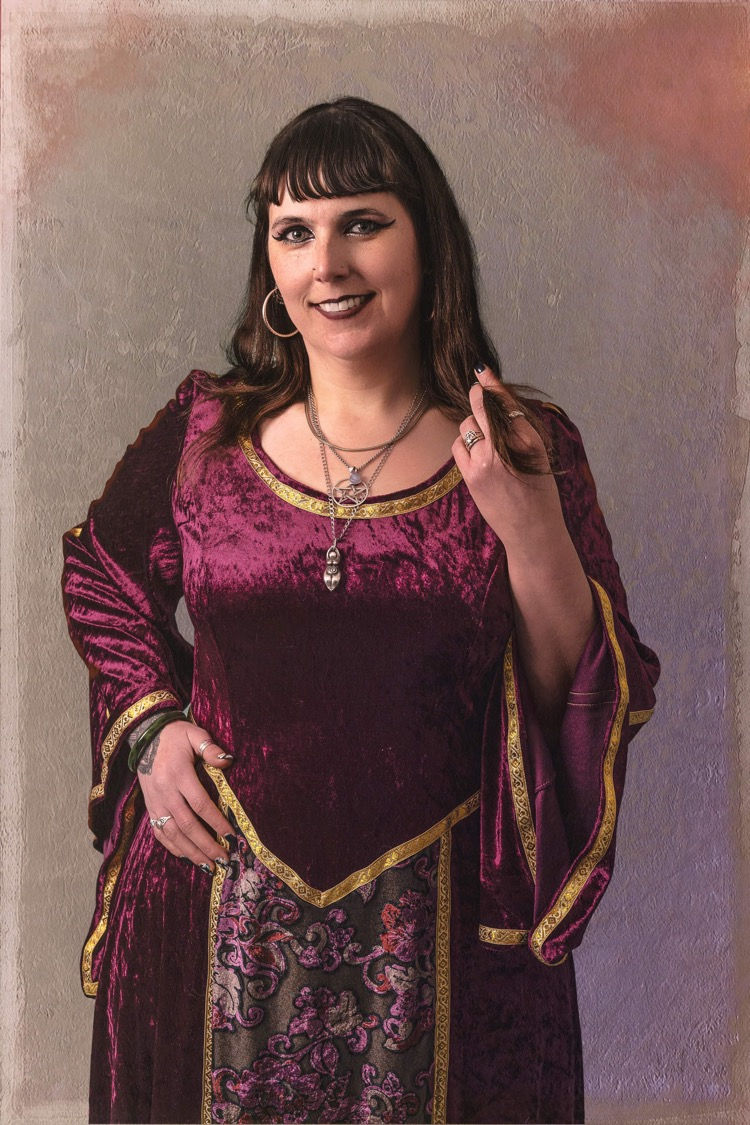Deity of the Month: Ishtar/Inanna
- Rebecca Kime
- Feb 17
- 2 min read
By Sam Stoker
Known as Ishtar to some and Inanna to others, this Queen of Heaven was worshipped throughout ancient Mesopotamia as early as 4000 BCE. Originating in Sumer, the oldest known civilisation, in what is now southern Iraq, she was hailed as the goddess of love and war. Due to her association with ‘masculine’ traits such as war, she has been thought by some to have been of ambiguous gender, however she is widely regarded as a goddess.
Inanna’s priests were known as ‘gala’ and they led worship to her in temples, singing laments. Following Inanna in this way was ordinarily done by women, and men doing this would sing in higher voices, and sometimes were gay, or would dress as women, or change their names to women’s names.
Most commonly believed to be the child of Nanna the moon god and his wife Ningal, Inanna married the god of shepherds and agriculture, Dumuzid, when she was presented with two options - a farmer and a shepherd, and initially was interested in the farmer until persuaded otherwise, the shepherd, of course, being Dumuzid.
As part of her warlike nature, there are other names that are thought to possibly be Inanna instead of their own deities, including a goddess of victory, and battles were occasionally called ‘the dance of Inanna’.
Inanna was known as the goddess of love, however she was not a mother deity. She had no children nor did she want any.
One of the stories involving Inanna is regarding her descent to the underworld. The story goes that she had taken special items with underworld related powers from her sister, the ruler of the underworld, and wanted to visit said sister. Inanna wore these items as jewellery, clothing and a staff. The sister, Ereshkigal, instructed keepers of the gates of the underworld to tell Inanna she must remove one item for each gate through which she was permitted entry, until by the time Inanna reached her sister she was naked and had no underworld powers any more. She tried to sit in Ereshkigal’s throne and was killed after a judgement. After a while her attendant asked for help from other deities to find her, gaining the support of one, who assists him in acquiring Inanna’s corpse. Inanna is revived and goes back up to the world of the living, followed by a demon who intends to drag someone down to take her place. Inanna allows the demon to take her husband Dumuzid, who was not mourning her.
If this sounds vaguely familiar, you’re not the first to observe a possible link between this tale and the story of Persephone and Hades. Inanna is known to have influenced the deity who in turn influenced Aphrodite, forming a link there between Mesopotamia and ancient Greece, and the myth of her and Adonis is taken from that of Inanna and Dumuzid.
Inanna also heavily influenced Aleister Crowley and Gerald Gardiner, becoming a commonplace name in the Thelema and Wiccan circles, appropriated and dulled down, associated with ‘feminine’ qualities such as childbearing - which ancient Mesopotamia had not alluded to.





Comments